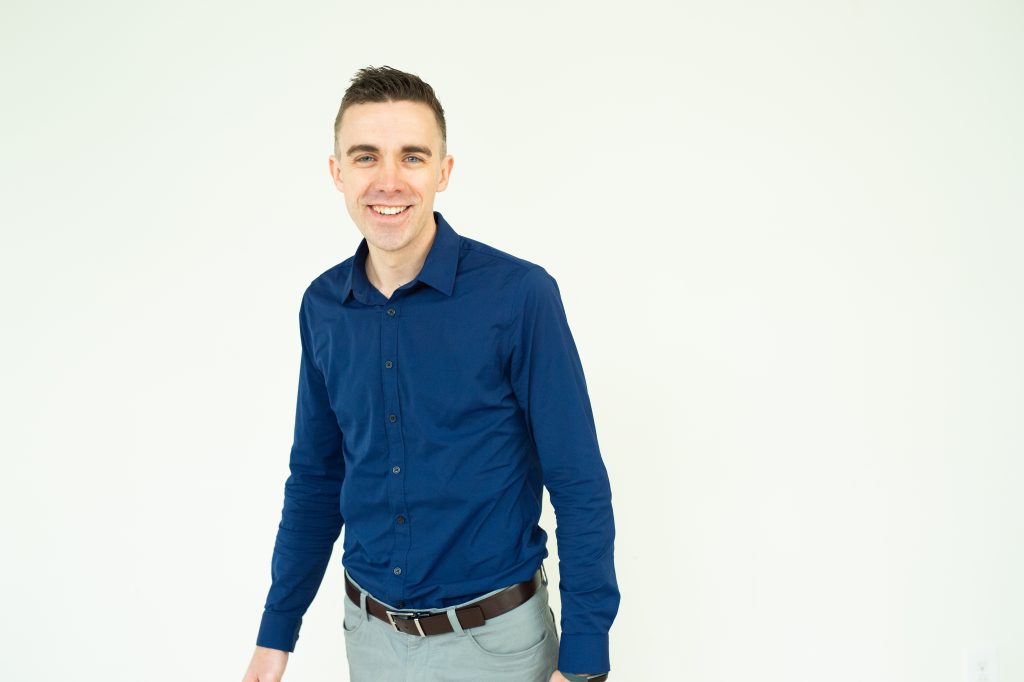Mistakes happen. They happen all the time. But they especially happen when you are doing things for the first time. Like when you forget to put north arrows or door swings during that early pinup in design
school. Or you put chairs too close together, forgetting that people have to walk between the rows. An
unpinned family in Revit. An unexamined set of meeting minutes. A wall section with the air barrier on the
wrong side of the insulation. Not backing up. Keynoting the wrong spec section. Not asking for help soon
enough.
Learning how to be an architect can be a tightrope. Not enough knowledge and experience to move
quickly, but always pressed for time. Move too fast and you miss critical details, or you have to redo
something so it takes even longer. You want to be independent and showcase your growth and initiative,
but also need to ask for help to set things up correctly the first time before you barge ahead. Things that
take your boss 10 minutes might take you an hour. Things that seem simple–a lighting grid, a corner
detail, a presentation slide–get more involved when consultants and specifications and schedules and
contracts come up. And you miss things, sometimes without even realizing it.
To be a designer is to take risks, and to take risks means to invite mistakes and expose your professional (and sometimes personal) vulnerabilities. I certainly know what it’s like to realize you are in over your head, to be given a task and a deadline with no clue how to even begin, how it is to feel alone with no one around to help you because it’s a pandemic and the only living thing nearby is a houseplant. At that moment, it can be easy to hide and sit back, but I have learned that growing as a designer means exploring your mistakes, owning them, and asking for help early and often. Getting a building planned, drawn, and built requires more knowledge, time, and attention than any one person can have, let alone young designers tackling it for the first time. So even with the most dogged quality control processes in a firm, we still learn from the redlines, the busted dimensions, the misspellings, even as we hope to never see them again.
Your growth as a young designer is the inextricable balancing act of learning quickly and working humbly,
continually asking for help when you need it, and offering it when asked. In bravely surrendering the
veneer of the having-all-the-answers kind of architect, we open ourselves up to new ideas, better
processes, established rules, and gleaned expertise from the generations of architects before us, and the
wisdom of the communities that surround us. Some designers will tread longstanding paths, while others
will break new ground, each on their own pathway towards professional excellence and vulnerability. On
our own paths, we continue to learn from our own shortcomings and share that growth with others.
Mistakes happen, and they happen to the best and worst among us. We’ve all been there, and it’s never
fun, but it is inevitable in the iterative and collaborative world of real-life design.
In solidarity and action,
Michael Spory, Associate AIA
spory@vmdo.com

